Decluttering tips for collectors and hoarders – how to compromise with clutter
Having collections can be a great hobby – so long as the clutter doesn't control you, experts warn

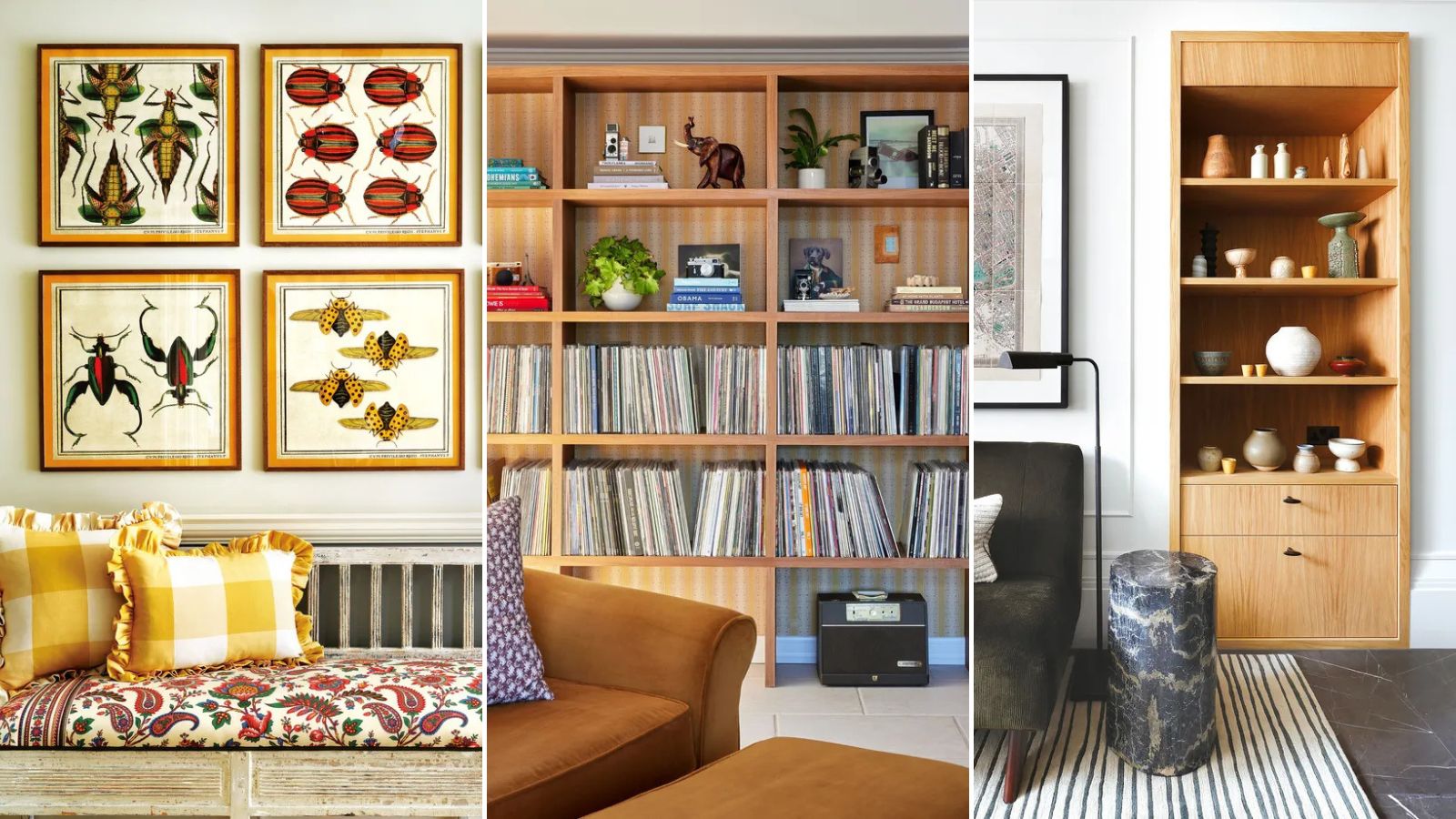
For collectors, there is little as satisfying as finding and collecting a coveted piece. However, with a growing collection comes the challenge of keeping it organized and clutter-free. Over time, what was once a carefully curated collection can quickly become a jumble of items competing for space.
If the weight of your collections has started to tip from satisfying to stressful, then it might be time to take some small steps to cut back before it all becomes too much or you fall into hoarding tendencies - a dangerous mindset that can feel impossible to break.
Luckily, decluttering your collection doesn't have to mean getting rid of everything you have worked towards. These eight expert decluttering tips for collectors and hoarders will help you streamline your collections without too much compromise and reflect the things people with clean home always do.
Decluttering tips for collectors and hoarders
First things first, it is important to recognize that there is a stark difference between someone with an extreme collection and people who hoard, begins Darla DeMorrow, professional organizer and owner of HeartWork Organizing.
‘Hoarding is now a medical diagnosis and has been since the latest DSM-5 was released in 2013,’ she explains. ‘Hoarders don’t need “tips.” They generally need counseling and medical support for their mental health diagnosis, and they do best with a non-judgemental support team around them. It’s best to use the term “people who hoard” instead of “hoarders,” which unfairly reduces complex people to a single quality.’
With that in mind, if you have large collections and find it difficult to declutter them, this is how to go about it.
1. Give yourself time
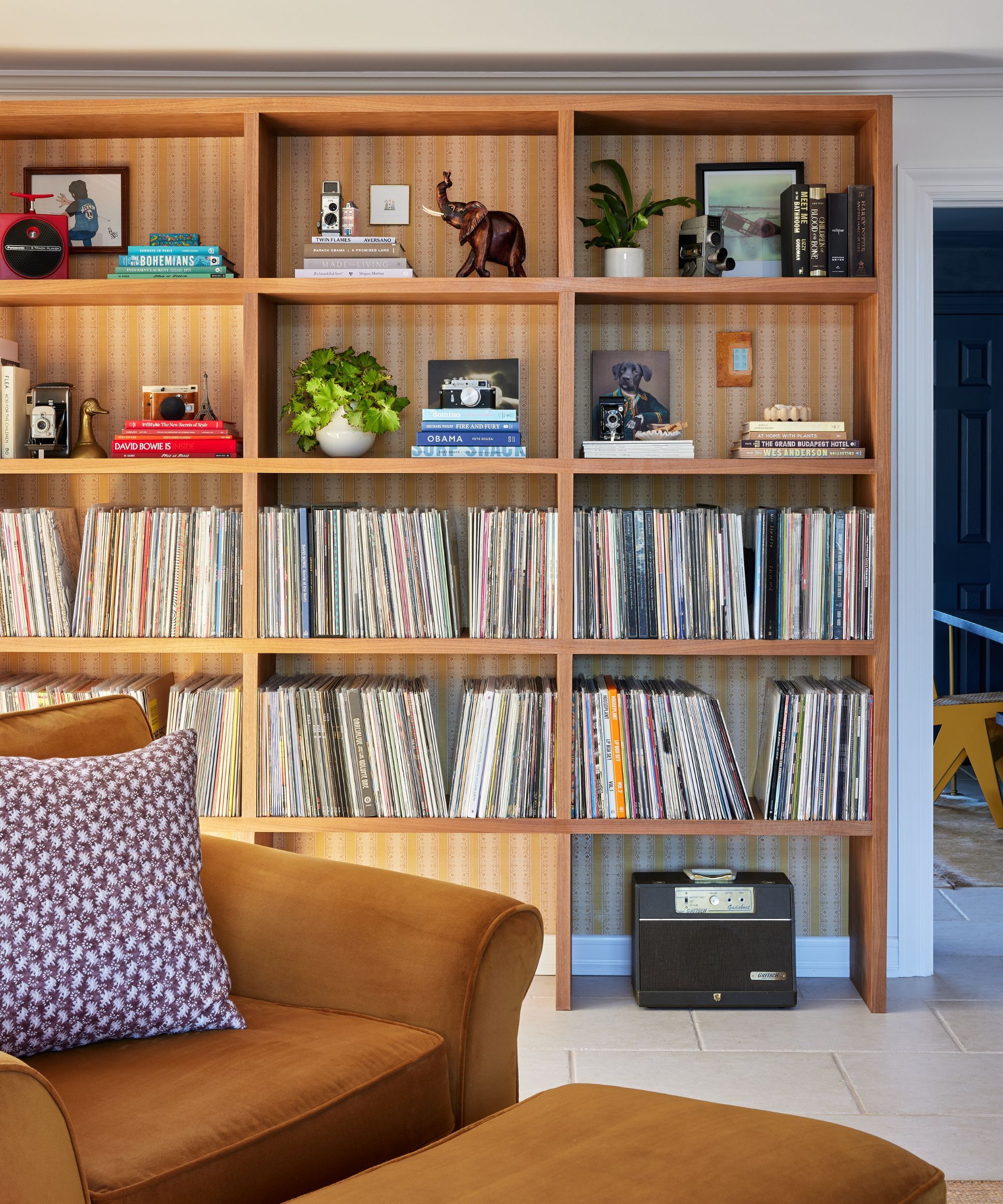
Collectors and people who hoard often develop strong emotional attachments to the things they keep, making it very difficult to declutter and reduce clutter.
Design expertise in your inbox – from inspiring decorating ideas and beautiful celebrity homes to practical gardening advice and shopping round-ups.
The first step when decluttering sentimental items when it feels hard to let go is to give yourself time to work with your belongings rather than rushing into the process. This is a surefire way to end up decluttering when you feel overwhelmed, says Darla DeMorrow, professional organizer:
‘Rome wasn’t built in a day, as they say. Making major changes to your home and the things in it can take a lot of time, which people often underestimate. If you are just counting your own efforts, think in terms of weeks and months, not hours and days. If you are depending on others to help gather, catalog, and possibly sell or move a collection, then you have to account for others’ time to schedule, gather, coordinate, research, move, and find new homes or buyers for your collection.’
2. Remember others will enjoy the collection too
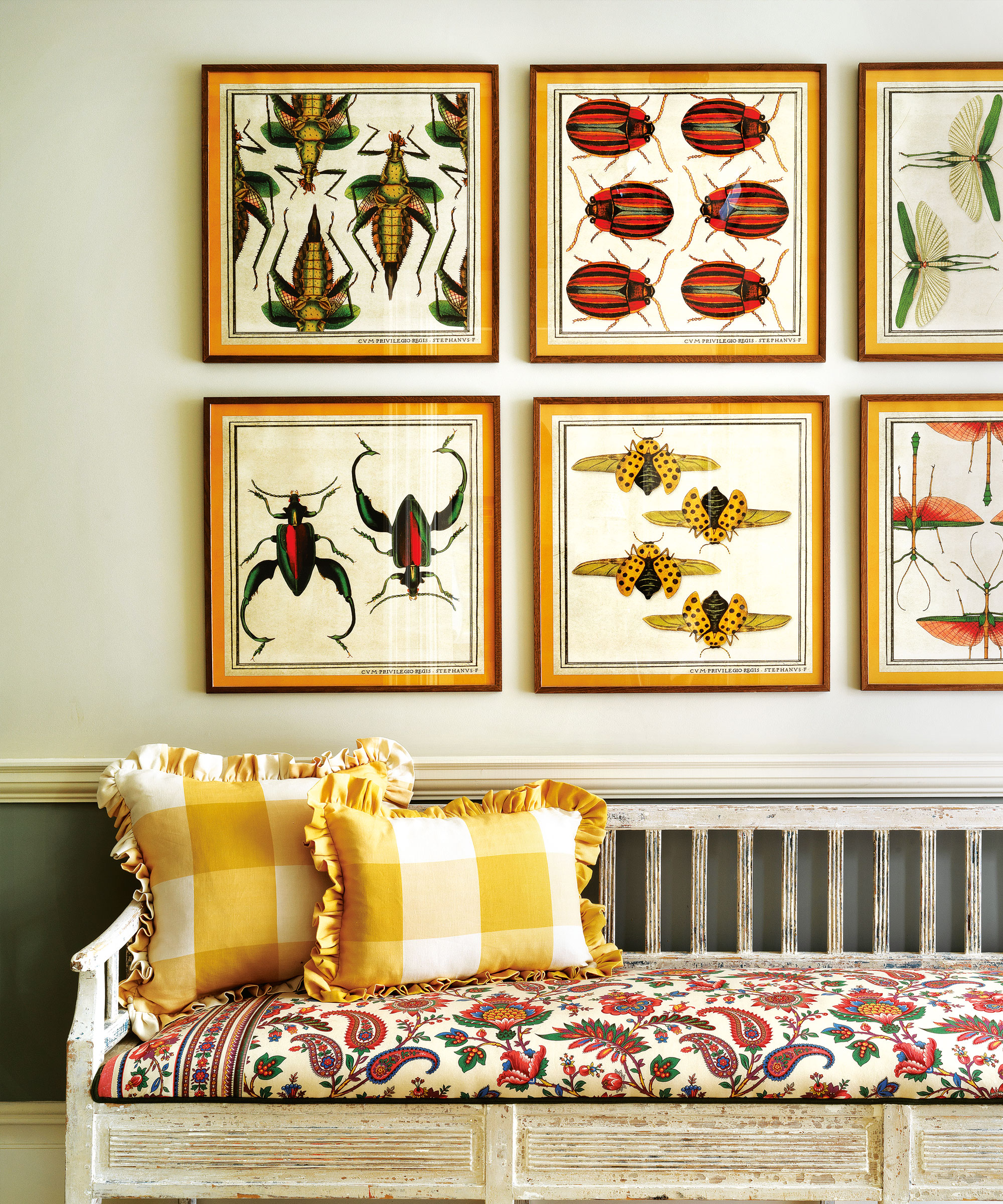
Another common roadblock for collectors is knowing what to do with the items you are decluttering, and feeling guilty about what will happen to the items you might get rid of. One of the best ways around this is to remember that other people can enjoy your collection as much as you do, if not more in some instances, points out Juliana Meidl, professional organizer and Founder of Serenity at Home.
‘I have worked with a bunch of clients that were collectors of things over the years and it is a struggle to determine what to do with those items. Unfortunately, many items that were collected over time don't hold the value they once did, and younger generations do not want them. Often, donating those items is the best option.
‘I do like to always remind my clients that an item that brought them joy at one time can do that for someone else. Depending on the item we may suggest trying to sell on the marketplace or a vintage store.’
3. Take photos
In some instances, taking photos of items and storing them digitally or in an organized album can help to keep hold of the memories without taking up as much space as the physical items. This is a great option if you are considering something like Swedish Death cleaning, are decluttering to downsize, or simply need more storage space at home.
Be sure to accompany the image with a note about what the item is, when and where you bought it, and what it means to you.
4. Keep the collection easily accessible
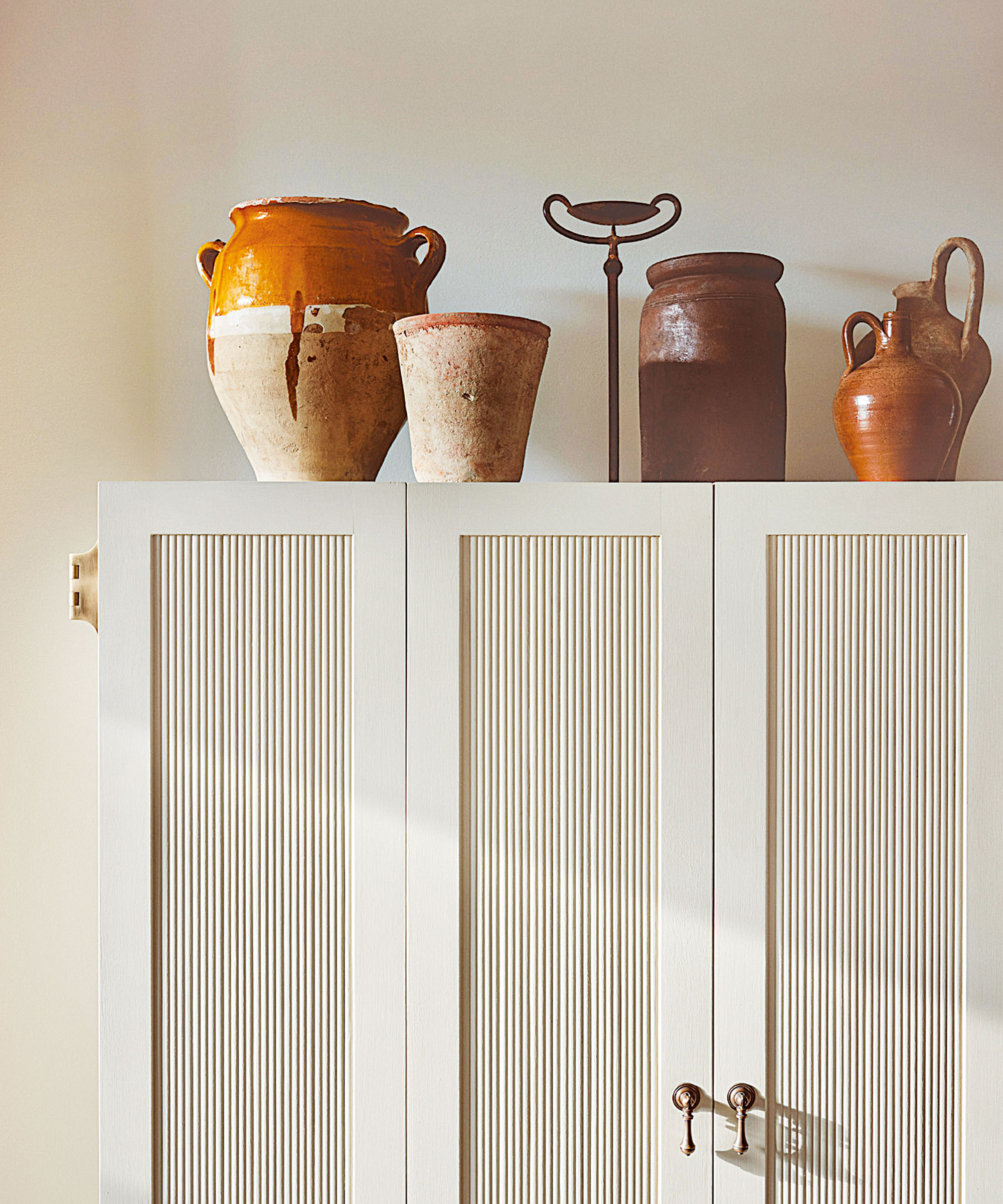
If you are a proud collector, then keeping your collection easily accessible in well-maintained, dedicated storage ideas is a must – whether the items are on display or safely tucked away, says Brenda Scott, professional organizer and owner of Tidy My Space.
‘Keep the collections in an area that still allows you to use rooms properly, ensuring that they are fully accessible and are hygienic,’ she stresses. ‘Being able to use kitchens, bathrooms, and living areas as intended contributes to healthy eating habits, good physical hygiene and healthier bodies.
‘Store collections, like with like, in labeled containers in storage systems that use the height of the room and keep items off the floor surface. Keeping it off the floors allows for easier cleaning and tidy routines.’
5. Work out the 80/20

If you really need to cut back on the items in a collection or need to clear the clutter before it becomes dangerous, you can start by working out what organizer Darla DeMorrow refers to as the 80/20:
‘You might be really attached to your entire collection, but chances are that the old 80/20 decluttering rule applies. It’s likely that 20% of the collection holds the most value, while 80% of the collection is worth less from a monetary or practical standpoint, even if it holds sentimental value. If you are trying to maximize value, allow an experienced appraiser or auctioneer to guide you,’ she recommends. This can then guide what you keep and what is passed on.
6. Ask someone for help
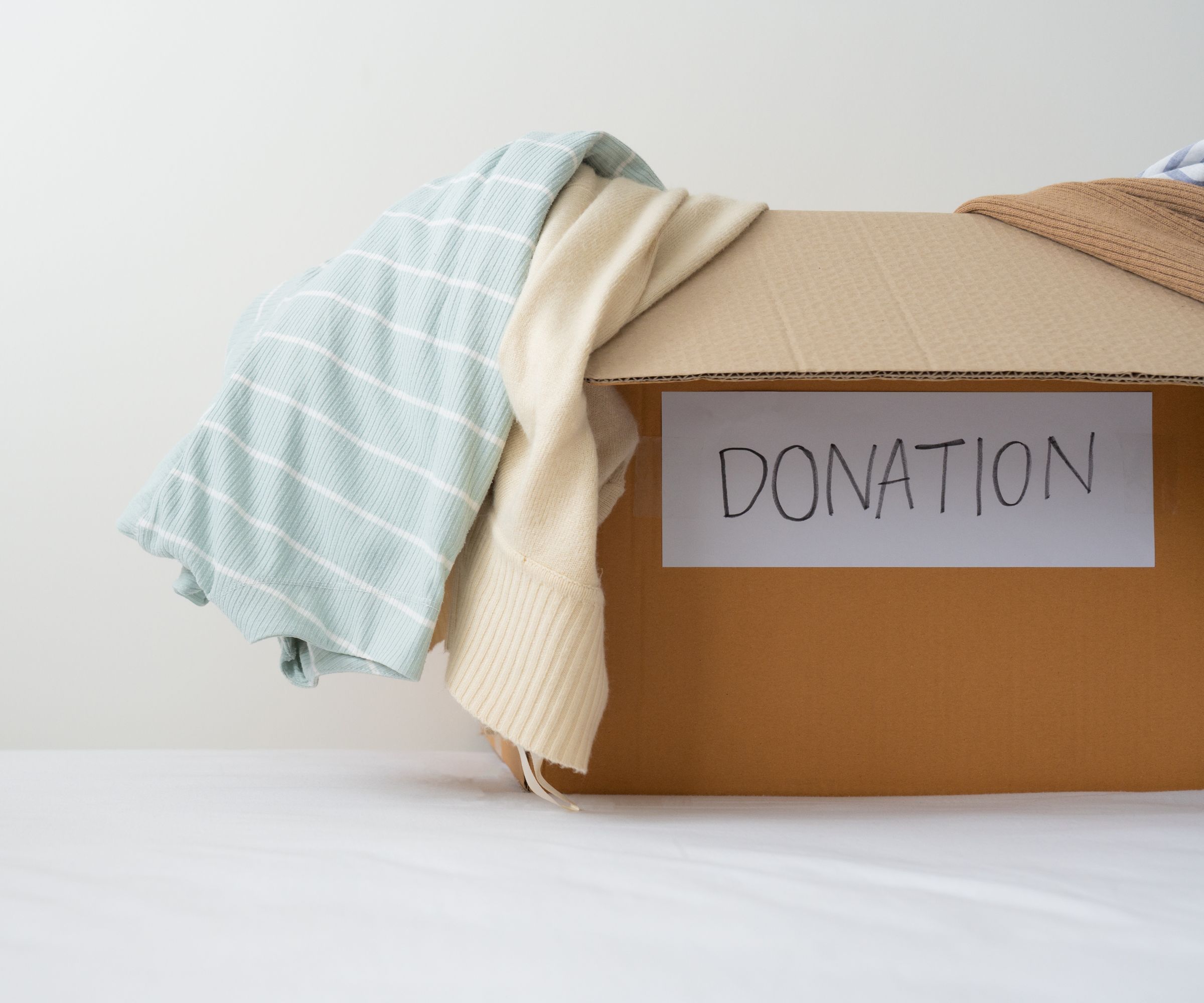
When working with sentimental clutter, or struggling with low mental health and hoarding tendencies, it is vital that you ask for help – be it from a professional, or someone you trust and can be vulnerable with.
Decluttering collections or hoarded items are by far the most difficult decluttering situations that can be impossible to work through on your own, especially if a collection has grown so large or become so disorganized that it may be dangerous. Find someone that you can be open with, and will work with you with no judgment to make the process as streamlined as possible.
7. Start small
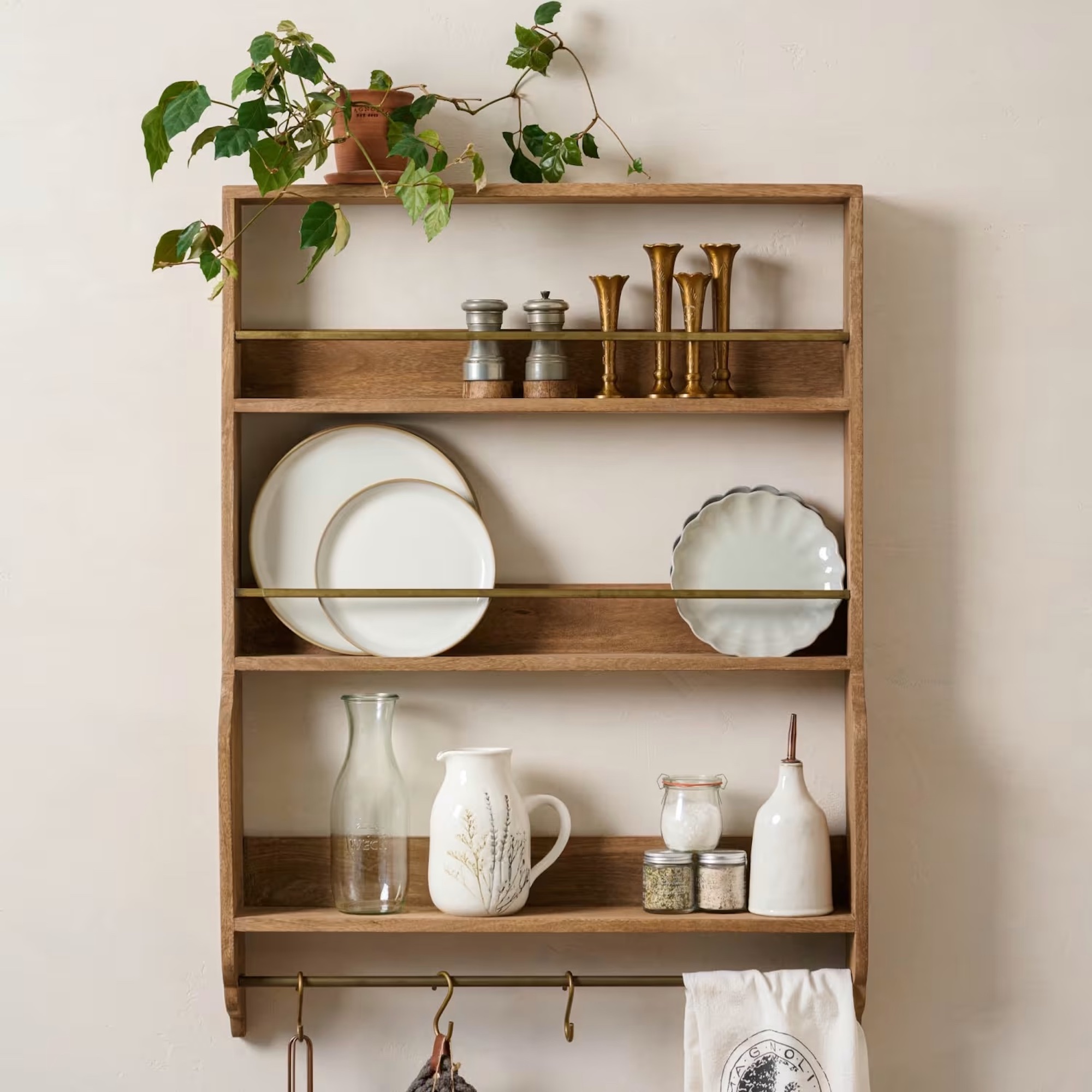
One of the best ways to set yourself up for a successful decluttering session when working with sentimental collections or hoarding situations is to start small, working little by little, and taking frequent breaks so as not to overwhelm yourself, urges Juliana Meidl, professional organizer.
‘When looking to declutter it is key to start small. Pick a room and start there, or maybe just a closet. Understanding the sentimental value people have for certain items is so important when working with them. You never want someone to feel forced to get rid of anything.
‘I have found that once people start seeing the impact of clearing things out they start to want to do more. Once someone can see the results in one space they want to continue the process.’
8. Avoid future temptation
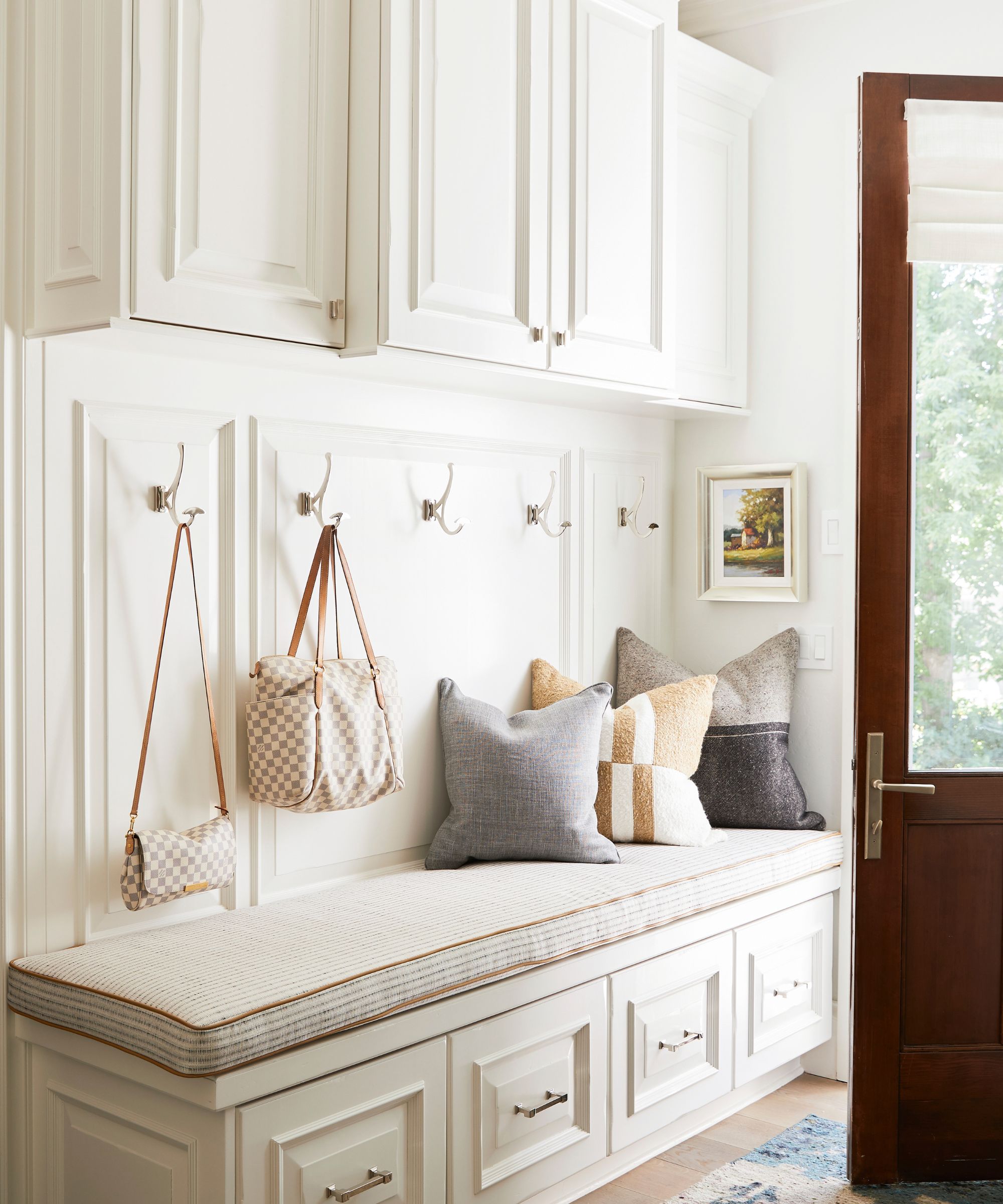
Once you have made a start in cutting back your collections or hoarded items, it is important to stay on top of your belongings and maintain control. This could be through something as small as challenging yourself to the one-bag-a-day decluttering challenge, encouraging family to declutter with you, or setting up a bigger spending challenge to stop clutter before it starts.
FAQs
What are the key signs of hoarding?
Hoarding is a serious medical condition that needs professional medical attention to help treat. Some of the key signs are clutter blindness (meaning you are unaware that clutter is building to dangerous levels), severe difficulty organizing, compulsive acquisition and extreme difficulty getting rid of anything, procrastination, and other mental health disorders such as paranoia, anxiety, and/or depression.
When starting to declutter collectibles, ask yourself three questions: Does it add something new to the collection? If you had to grab five items from the collection, would that be one of them? Is this taking up space for an item you want more? If it doesn’t fit all three of those categories, it might be time to say goodbye.
Learn more about the things people tidy homes never do.

Chiana has been at Homes & Gardens for two years and is our resident 'queen' of non-toxic living. She spends most of her time producing content for the Solved section of the website, helping readers get the most out of their homes through clever decluttering, cleaning, and tidying tips. She was named one of Fixr's top home improvement journalists in 2024.